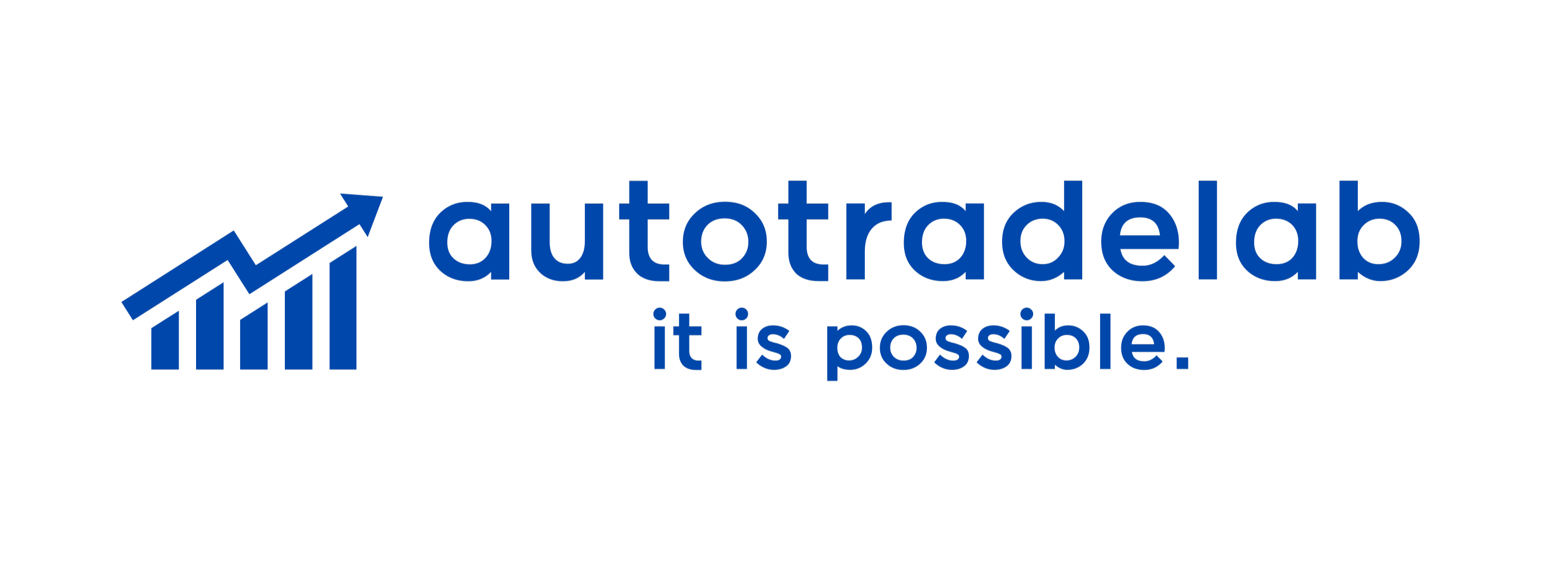"it is possible." isn't a slogan. It's a thesis.
And it challenges everything institutional investing has internalized as limits.

What we actually mean by "it is possible."
The institutional world has accepted boundaries that aren't mathematical laws. They're preferences:
Returns above 30% annually sound dubious. Volatility is automatically bad. Strategies should match the S&P 500's risk profile and edge it out by a few percentage points.
"it is possible." means these aren't principles. They're assumptions no one tests anymore.
It means the moment you accept that something cannot be done, you stop asking: is it impossible, or did everyone just stop trying?
The invisible limits destroying alpha
Most quant funds optimize within accepted boundaries. They refine what's known and call it progress.
But these boundaries aren't based on rigorous testing. They're based on institutional comfort.
The questions that stopped getting asked:
- Can systematic strategies consistently generate 30%+ annual returns?
- Is high volatility actually risk, or just institutional discomfort?
- Do conventional risk metrics measure real danger or statistical artifacts?
"it is possible." means asking these questions with scientific rigor instead of accepted wisdom.
Why institutional money internalized these limits
Volatility depends on timeframe. Risk and reward don't scale linearly, they accelerate. Over long enough horizons, drawdowns flatten.
But institutional money optimizes for comfort, not performance.
The result: quant funds that treat high targets as automatically reckless. That mistake ambitious returns with carelessness. That confuse convention with mathematical reality.
"it is possible." challenges this entire framework.
The difference between reckless and rigorous
There's a fundamental distinction most institutions miss:
Reckless ambition: Chasing high returns without testable methodology
Disciplined exploration: Testing whether high returns are systematically achievable
The scientific method isn't cautious. It's rigorous.
The real question isn't whether returns sound reasonable to institutional committees. It's whether the approach is testable, falsifiable, and grounded in data.
"it is possible." means applying scientific method to questions others stopped asking.
What this looks like in practice
At autotradelab, we don't chase returns blindly. We chase systems that generate returns others stopped believing were achievable.
Our approach:
- Test what others assume without evidence
- Never confuse convention with reality
- Don't stop at "good enough" when data suggests better is within reach
We optimize for:
- Testable hypotheses about market behavior
- Falsifiable predictions that can be validated
- Rigorous out-of-sample verification
- Systematic risk management based on data, not dogma
This isn't gambling. It's science applied to trading.
Why conventional quant trading stopped believing
Most quant funds optimize within accepted boundaries because that's what gets capital allocated. Building for institutional comfort, not performance.
The moment they accepted certain returns were impossible, they stopped testing.
And once you stop testing, you can't discover whether the limits were real or imagined.
"it is possible." means we never stopped testing.
The bottom line
"it is possible." is a thesis about systematic trading:
The boundaries quant trading accepts aren't mathematical laws. They're untested assumptions dressed as principles.
What we mean:
- Testing what others assume
- Discarding what fails under rigorous examination
- Pushing beyond "good enough" when data supports it
- Never confusing convention with reality
At autotradelab, we apply scientific rigor to questions others stopped asking.
Because the difference between impossible and unexplored is just whether anyone's still testing.
→ That's what "it is possible." means.